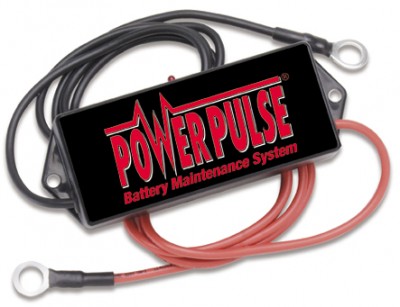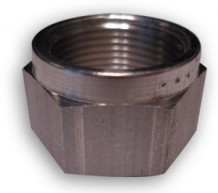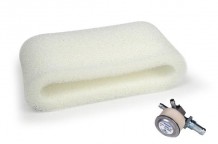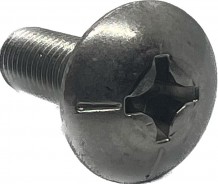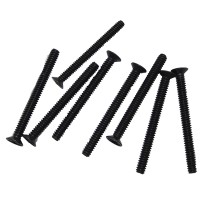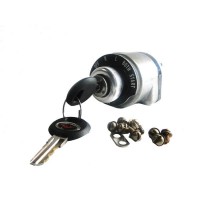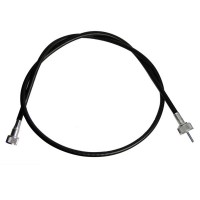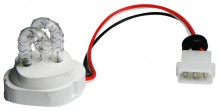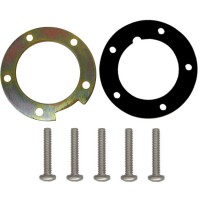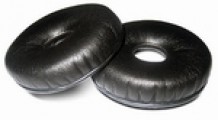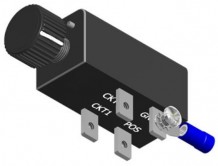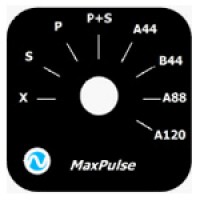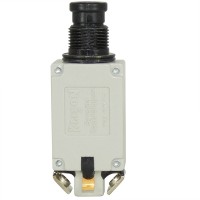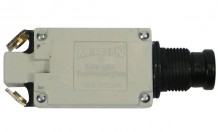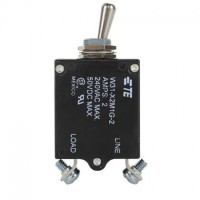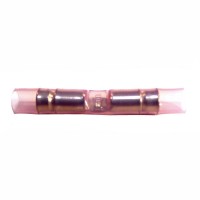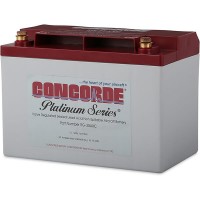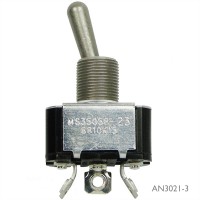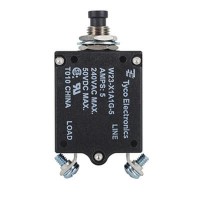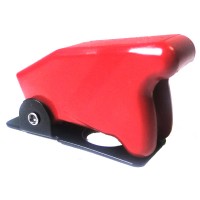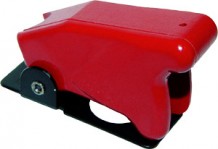1-877-795-2278 | info@aircraftspruce.ca
Aircraft Spruce Canada
Brantford, ON Canada
Corona, CA | Peachtree City, GA
Chicago, IL | Wasilla, AK
Aircraft Spruce Canada
Brantford, ON Canada
Corona, CA | Peachtree City, GA
Chicago, IL | Wasilla, AK
FREE SHIPPING ON ORDERS OVER $699 (SOME EXCLUSIONS APPLY) | 877-795-2278
Pulsetech Powerpulse 12Volt With Lug
$93.75/Each
Part# 11-07464
MFR Model# 735X012
MFR Model# 735X012
Overview
|
Selected as a Top 50 Product by Automotive Engineering magazine, the 12-Volt PowerPulse is designed to ensure maximum battery performance on single 12-volt lead-acid batteries. It also works on two or three 12-volt batteries connected in parallel. This unit is ideal for virtually any kind of vehicle or equipment that is charged on a regular basis, including cars, over-the-road trucks, delivery trucks, boats, emergency vehicles, generators and much more. It comes with lugs that connect directly to the battery terminals. PowerPulse is not a charger. It's a performance device designed to help batteries charge faster and provide maximum performance and power. This patented unit uses our revolutionary ReNew-IT Pulse Technology™ to safely prevent the main cause of battery problems and failure: sulfation buildup on lead-acid battery plates. Used extensively by the consumers and the U.S. Military worldwide for almost ten years, this technology has been scientifically proven by two major universities to make batteries work harder and last longer than you ever thought possible. PowerPulse can be powered in two different ways. When the battery is being charged -- either by an onboard charger or a separate charging system -- it will use the charging current as a power source. The rest of the time it uses a small portion of the battery's own energy so it is working 24-hours a day. The PowerPulse system can also be used together with an existing charging system. In fact, it will work even faster and stronger. This means batteries can be both charged and desulfated at the same time. |
Specifications
- Weight: .5 lb.
- Circuit Box Dimensions: 4" X 1.75" X 1"
- Wire Length: 3 feet
Benefits
- Ensures peak battery performance by eliminating the main cause of lead-acid battery problems and failure -- sulfation buildup on the battery plates.
- Works on all lead-acid batteries including gel cell, antimony, hybrid, calcium plate designs and absorbed glass mat.
- Increases battery life span up to three times longer
- Provides greater charge acceptance so batteries recharge faster and with better quality.
- Helps protect the environment.
- Works with all conventional flooded lead-acid batteries and sealed “maintenance-free” batteries, including Valve Regulated Lead-Acid (VRLA), Absorbed Glass Mat (AGM) and gel cell.
- Includes an LED light that indicates the circuit is energized and the unit is working.
- Safe, reliable and weatherproof
- Five-year limited warranty
Documents
Q&A
Please note, Aircraft Spruce Canada's personnel are not certified aircraft mechanics and can only provide general support and ideas, which should not be relied upon or implemented in lieu of consulting an A&P or other qualified technician. Aircraft Spruce Canada assumes no responsibility or liability for any issue or problem which may arise from any repair, modification or other work done from this knowledge base. Any product eligibility information provided here is based on general application guides and we recommend always referring to your specific aircraft parts manual, the parts manufacturer or consulting with a qualified mechanic.

 Aircraft Spruce Canada
Aircraft Spruce Canada
